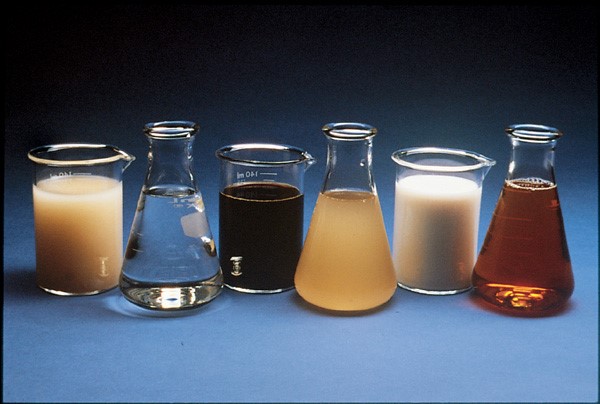Aggregates for Concrete
 Aggregates for concrete are typically termed fine and coarse aggregate and make up between 60 and 80% of the total volume of most concrete mixtures. The fine aggregates are usually natural or even manufactured sands while coarse aggregates are usually gravel or crushed stone.
Aggregates for concrete are typically termed fine and coarse aggregate and make up between 60 and 80% of the total volume of most concrete mixtures. The fine aggregates are usually natural or even manufactured sands while coarse aggregates are usually gravel or crushed stone.
They must be clean, hard and durable so that they produce long lasting and esthetically pleasing concrete. Industry standards mandate these physical properties and that aggregates be well graded to ensure a tight matrix of rock, sand and cementing materials that will withstand the both man-made and natural forces.
Chemical Admixtures for Concrete
 A number of chemical admixtures can be added to a concrete mixture to enhance the characteristics of concrete in both its plastic (before it sets) and hardened state. These chemicals contribute to the ease of transport, handling, placement and finishing of concrete and to the ultimate strength, durability and lifespan of the finished product.
A number of chemical admixtures can be added to a concrete mixture to enhance the characteristics of concrete in both its plastic (before it sets) and hardened state. These chemicals contribute to the ease of transport, handling, placement and finishing of concrete and to the ultimate strength, durability and lifespan of the finished product.
